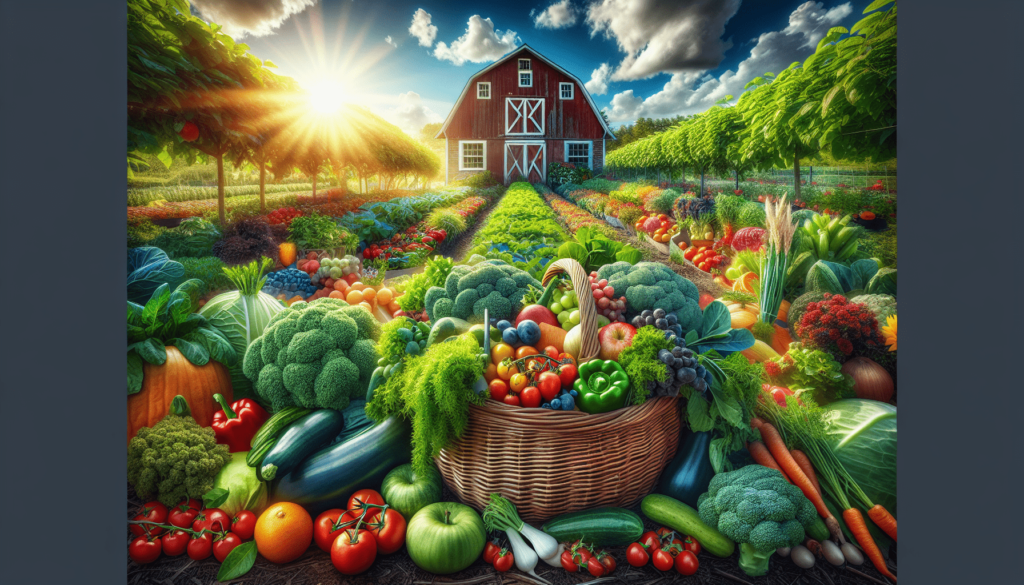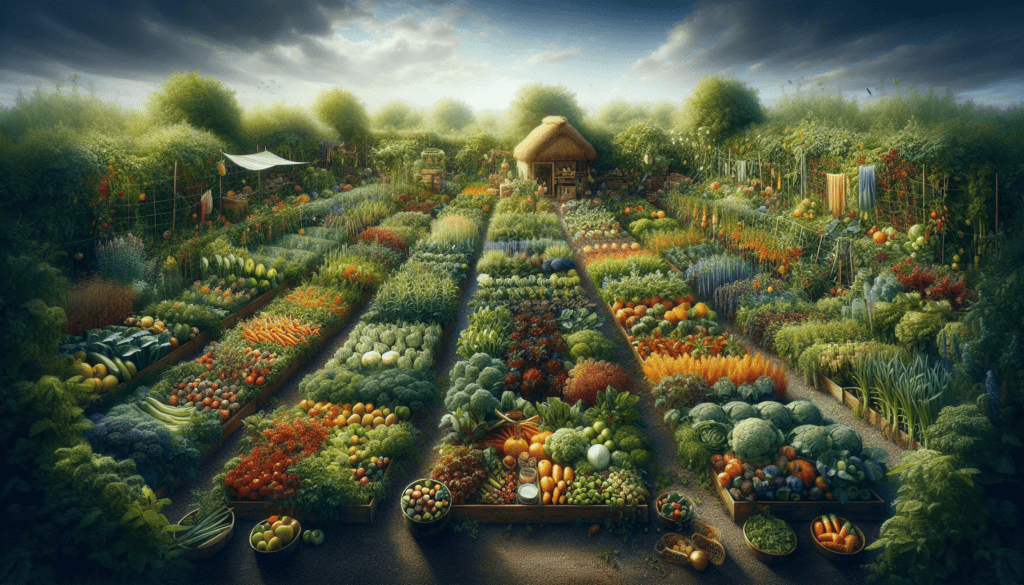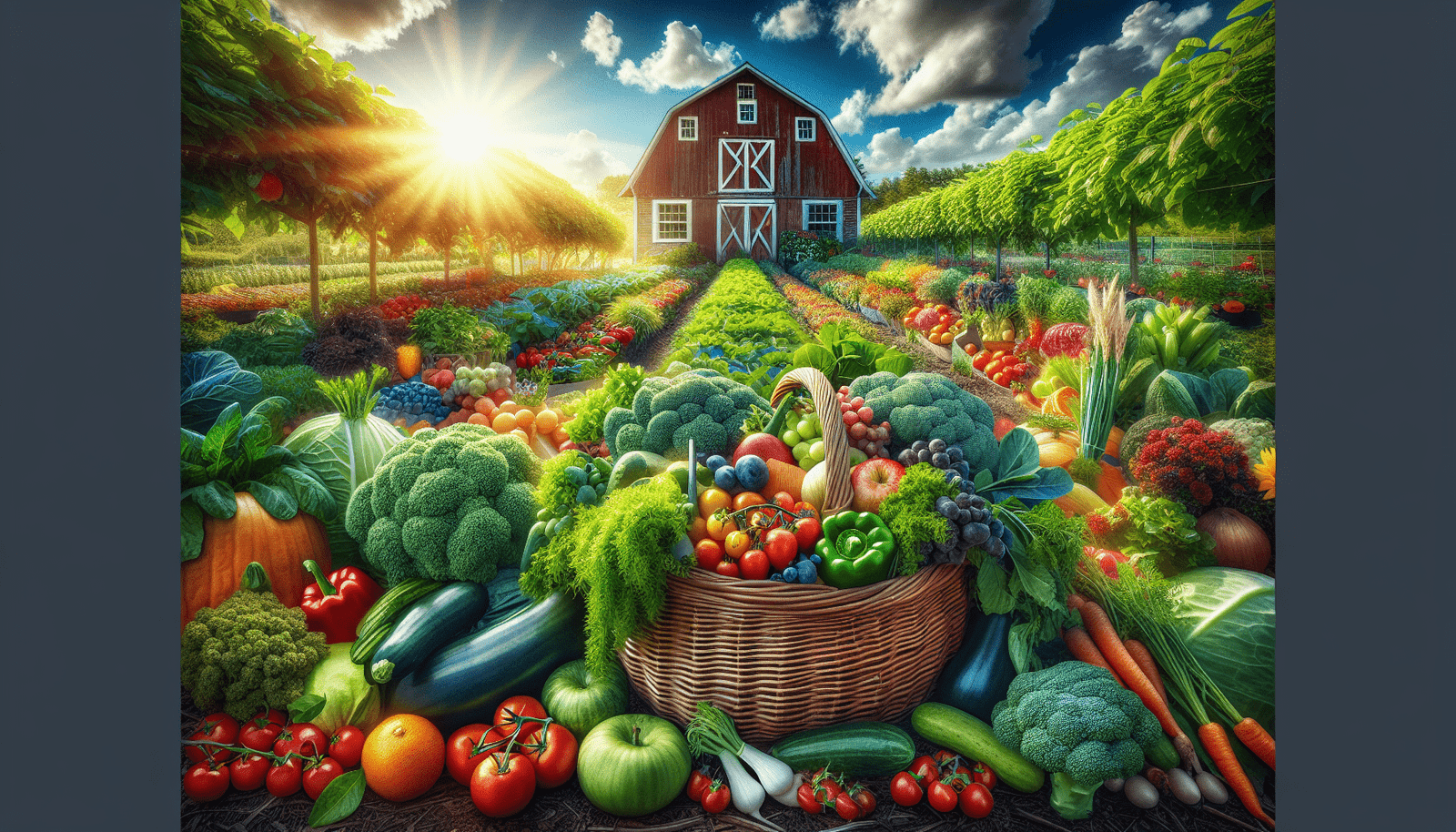Have you ever dreamt of having your own self-sufficient homestead garden, where you can grow your own fruits, vegetables, and herbs to provide healthy and fresh produce for you and your family? If so, you’re in the right place! In this ultimate guide, we will walk you through everything you need to know to create and maintain a successful self-sufficient garden on your homestead.

Planning Your Self-Sufficient Homestead Garden
Before you start digging in the dirt, it’s essential to have a well-thought-out plan for your self-sufficient homestead garden. Consider factors such as your climate, available space, and the types of crops you want to grow. Make a list of your favorite fruits, vegetables, and herbs, and research their growing requirements to ensure they will thrive in your garden.
Choosing the Right Location
The location of your garden can significantly impact its success. Choose a spot that receives ample sunlight throughout the day, as most crops require at least 6-8 hours of sunlight to grow and produce. Ensure that the area has good drainage to prevent waterlogging, which can lead to root rot and other diseases. It’s also essential to consider proximity to a water source for easy irrigation.
Designing Your Garden Layout
Creating a well-planned layout for your self-sufficient homestead garden is key to maximizing space and efficiency. Consider using raised beds or planting in rows to make the most of your available space. Include pathways between rows for easy access and maintenance. Group crops with similar water and sunlight needs together to make watering and care more manageable.
Building Healthy Soil
Healthy soil is the foundation of a successful garden. Conduct a soil test to determine its pH levels and nutrient content. Amend the soil as needed with organic matter such as compost, aged manure, or organic fertilizer to improve its structure and fertility. Healthy soil will help your plants thrive and produce abundant harvests.

Choosing the Right Plants
Selecting the right plants for your self-sufficient homestead garden is crucial to its success. Choose crops that are well-suited to your climate and growing conditions. Consider planting a mix of fruits, vegetables, and herbs to provide a diverse range of produce throughout the growing season. Opt for heirloom and open-pollinated varieties for sustainable seed saving.
Starting Seeds Indoors
Starting seeds indoors allows you to get a jump-start on the growing season and ensures healthy, vigorous plants for transplanting into your garden. Use seed-starting trays or containers filled with a high-quality seed-starting mix. Keep your seedlings warm, well-watered, and under grow lights or in a sunny window to promote strong growth. Transplant seedlings into larger containers as they grow to prevent root binding.
Transplanting Seedlings
When transplanting seedlings into your self-sufficient homestead garden, it’s essential to do so at the right time and with care. Harden off your seedlings by gradually exposing them to outdoor conditions to prevent transplant shock. Dig a hole slightly larger than the root ball of each seedling and gently firm the soil around them. Water newly transplanted seedlings thoroughly to help them establish roots.
Implementing Sustainable Pest Control
Preventing and managing pests in your self-sufficient homestead garden is crucial to protecting your crops and ensuring a bountiful harvest. Implement sustainable pest control practices such as companion planting, crop rotation, and the use of beneficial insects. Monitor your garden regularly for signs of pests and diseases, and address issues promptly to prevent widespread damage.
Watering Your Garden Efficiently
Proper watering is essential for the health and vitality of your self-sufficient homestead garden. Water deeply and infrequently to encourage deep root growth and drought resistance in your plants. Consider installing a drip irrigation system or soaker hoses to deliver water directly to the root zone and minimize evaporation. Water in the early morning to reduce the risk of fungal diseases.
Harvesting and Preserving Your Produce
Harvesting your fruits, vegetables, and herbs at the peak of freshness ensures the best flavor and nutritional content. Pick produce when it’s ripe but still firm for optimal taste and texture. Preserve excess harvest by canning, freezing, drying, or fermenting fruits and vegetables to enjoy them throughout the year. Store herbs in a cool, dry place or freeze them in oil or water for later use.
Year-Round Garden Maintenance
Maintaining your self-sufficient homestead garden year-round is essential to its success. Keep an eye on soil moisture and fertility levels, weed regularly, and monitor for pests and diseases. Rotate crops annually to prevent soil depletion and pest buildup. Plan for succession planting to keep your garden productive throughout the growing season. Consider cover cropping in the off-season to improve soil health and fertility.
In Conclusion
Creating a self-sufficient homestead garden is a rewarding and fulfilling endeavor that can provide you with a bountiful harvest of fresh and healthy produce. By following the tips and guidelines outlined in this ultimate guide, you can create and maintain a successful garden that will feed you and your family for years to come. Embrace the joys of gardening, connect with nature, and enjoy the fruits of your labor in your very own self-sufficient homestead garden.

